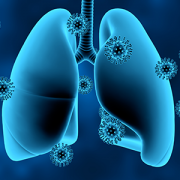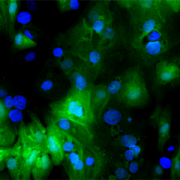Using telehealth to study babies born to mothers infected with SARS-CoV-2

Continued advancements in telehealth methods to follow child neurodevelopment will help ensure robust child follow-up and inclusion of diverse cohorts.
Multiple studies have shown that SARS-CoV-2 infection can impact pregnant mothers and their fetuses but more research is needed to understand the long-term impact on the neurodevelopment of these children as they get older. Child neurodevelopmental evaluations are typically performed in-person. Since the COVID-19 pandemic began, the transition to telehealth methods was needed.
Continued advancements in telehealth methods to follow child neurodevelopment will help ensure robust child follow-up and inclusion of diverse cohorts, says a commentary in JAMA Network Open.
Why it matters
Commentary author Sarah Mulkey, M.D., prenatal-neonatal neurologist at Children’s National Hospital, highlights a new study that used a novel telehealth method to look for neurodevelopmental differences in infants ages 6-12 months born to mothers with SARS-CoV-2 infection compared to nonexposed infants of the same age and found no differences in neurodevelopment among the two cohorts. The study adapted a standardized assessment to a telehealth method.
“The results of this study provide needed reassurance to the many mothers who have experienced SARS-CoV-2 infection during pregnancy,” says Dr. Mulkey.
What’s been the hold up in the field?
“Developmental assessments that rely on observation of infants’ developmental skills can naturally make the transition to a telehealth platform,” says Sarah Mulkey, M.D., prenatal-neonatal neurologist at Children’s National Hospital and commentary author. “General movement assessment is an observation-based assessment of infants that can be captured by a parent or caregiver on video, and it has been used in neurodevelopmental outcomes studies of children after antenatal SARS-CoV-2 exposure.”
Moving the field forward
Child outcomes research can have improved enrollment and continuity of participant follow-up due to the availability of remote assessments. Neurodevelopmental tools are being developed that can be used on a telehealth platform or by parent recorded videos.
Researchers from the Children’s National Congenital Zika Virus Program have also developed telehealth-based methods for child outcome research that has been utilized in international Zika outcome studies funded by the Thrasher Research Fund and the NIH.
Read the full commentary, Use of Telehealth Methods to Track Infant Neurodevelopment After In Utero SARS-CoV-2 Exposure, in JAMA Network Open.










